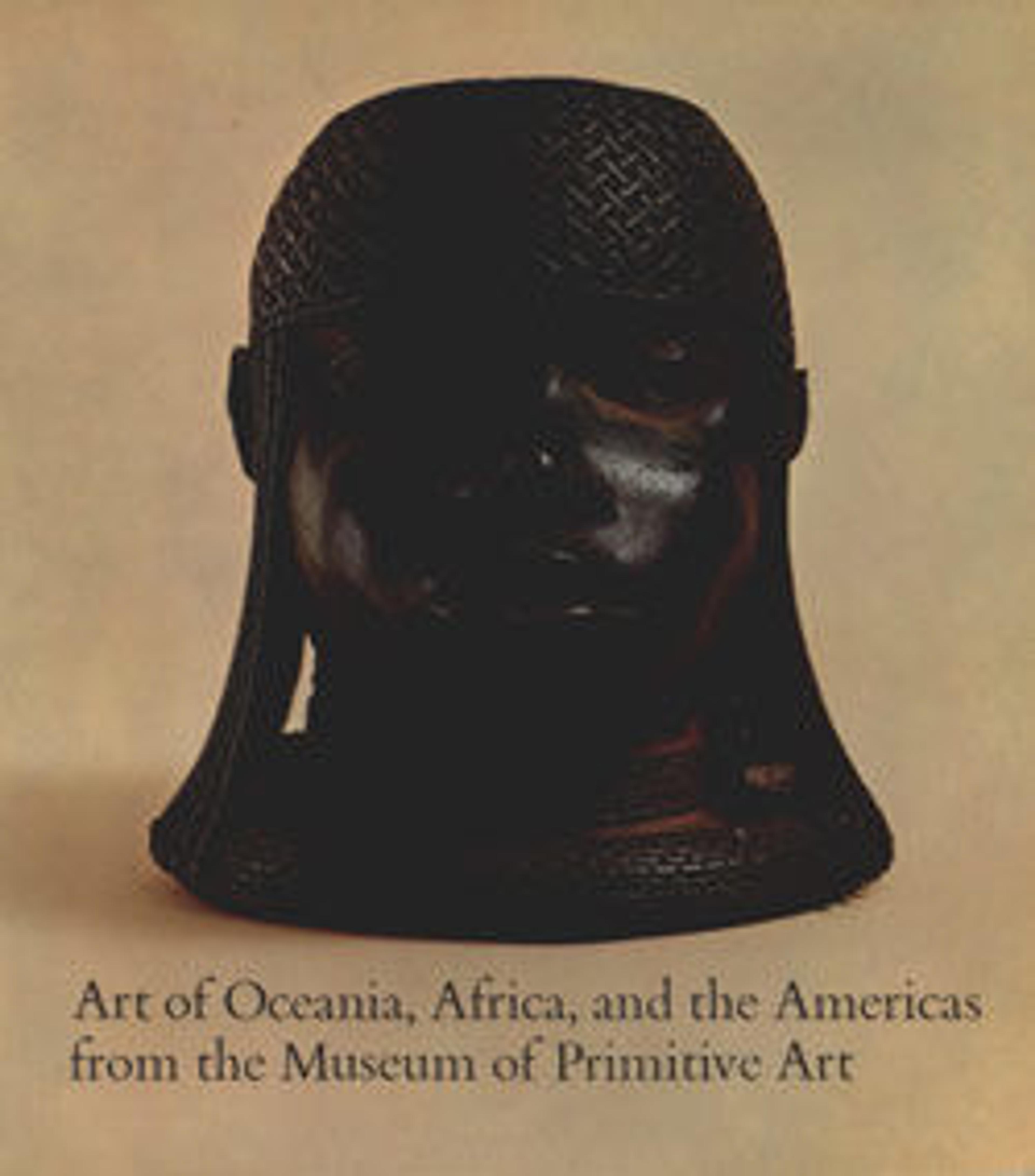Panpiper-shaped vessel
Made of many separate pre-shaped pieces of sheet silver joined by soldering, this engaging vessel in the shape of a man playing a panpipe is quintessentially Andean. He is dressed in a tunic and loincloth and carries a small bag over his shoulder. The chased and stippled zigzag pattern and step-fret motifs on his clothing are found on actual textiles surviving from the time the vessel was made. The man also wears a cap and earrings (one is now missing). Elaborate vessels such as this, which often have a short section cut out at the rim for pouring, were probably used in royal or ceremonial drinking rituals before being placed in the burial of an important person.
Music was an essential part of political and ritual activity in many ancient American cultures. It was also performed during daily activities such as herding and working in the fields, and for entertainment. Many depictions of musicians in various media survive, and finds of actual musical instruments—drums, horns, whistles, rattles, and panpipes—are frequent in burials. Stringed instruments currently in use in the Andes, such as the charango, were introduced by the Europeans.
Music was an essential part of political and ritual activity in many ancient American cultures. It was also performed during daily activities such as herding and working in the fields, and for entertainment. Many depictions of musicians in various media survive, and finds of actual musical instruments—drums, horns, whistles, rattles, and panpipes—are frequent in burials. Stringed instruments currently in use in the Andes, such as the charango, were introduced by the Europeans.
Artwork Details
- Title:Panpiper-shaped vessel
- Artist:Chimú artist(s)
- Date:1350–1470 CE
- Geography:Peru, North Coast
- Culture:Chimú
- Medium:Silver, malachite, resin
- Dimensions:H. 8 1/2 × W. 4 1/2 × D. 2 5/8 in. (21.6 × 11.4 × 6.7 cm)
- Classification:Metal-Containers
- Credit Line:The Michael C. Rockefeller Memorial Collection, Gift of Nelson A. Rockefeller, 1969
- Object Number:1978.412.219
- Curatorial Department: The Michael C. Rockefeller Wing
Audio
1621. Panpiper Vessel
0:00
0:00
We're sorry, the transcript for this audio track is not available at this time. Please email info@metmuseum.org to request a transcript for this track.
More Artwork
Research Resources
The Met provides unparalleled resources for research and welcomes an international community of students and scholars. The Met's Open Access API is where creators and researchers can connect to the The Met collection. Open Access data and public domain images are available for unrestricted commercial and noncommercial use without permission or fee.
To request images under copyright and other restrictions, please use this Image Request form.
Feedback
We continue to research and examine historical and cultural context for objects in The Met collection. If you have comments or questions about this object record, please contact us using the form below. The Museum looks forward to receiving your comments.
